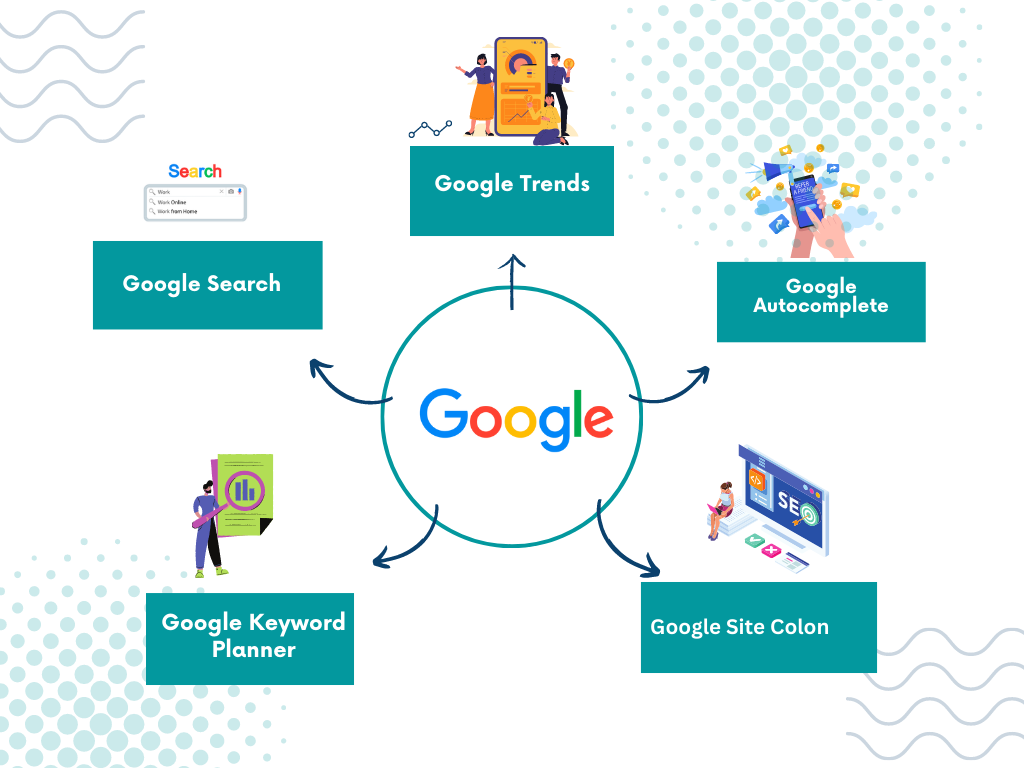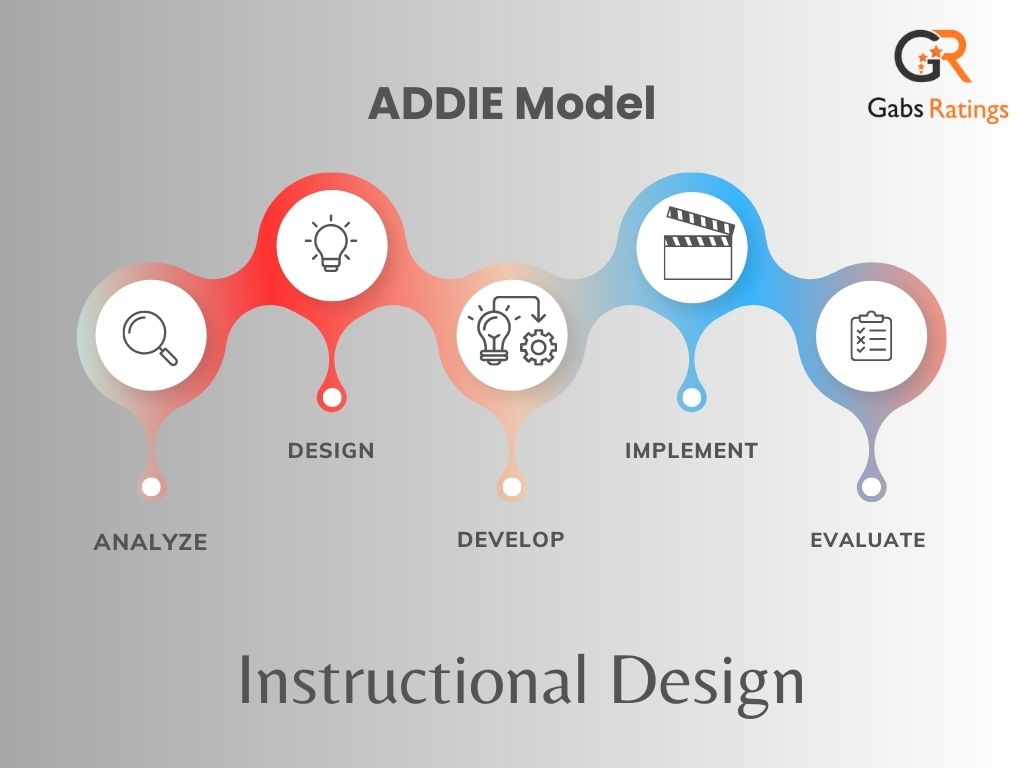How to Apply Instructional Design Principles to Online Course Creation
If you’re wondering what instructional design is and why it matters, you’ve come to the right place. In this article, I’ll explain what instructional design is, what principles guide it, and how you can apply them to create awesome learning experiences.
What is instructional design?
Instructional design (ID) is the art and science of creating learning products and experiences that help people learn new skills or acquire new knowledge. It’s like being an architect for learning. You have to plan, design, build, and evaluate your learning solutions based on the needs and goals of your learners and your organization.
Instructional design is not just about making slides or videos. It’s about using a systematic and reflective process to translate principles of learning and instruction into plans for instructional materials, activities, information resources, and evaluation¹. It’s about choosing the best strategies, methods, and technologies to maximize learning outcomes and learner satisfaction.
Instructional design is important because it helps you create effective and engaging learning solutions that meet the needs of your learners and your organization. It helps you avoid wasting time, money, and resources on ineffective or boring training. It also helps you measure the impact of your learning solutions and improve them over time.
Instructional Design Principles
Instructional design principles are rules or guidelines that help you design better learning solutions. They are based on research and theory related to how people learn and what motivates them to learn. There are many instructional design principles out there, but here are some of the most common ones:
Gain attention: You need to hook your learners from the start by using something that sparks their curiosity, interest, or emotion. This could be a video, a story, a question, a statistic, or anything else that relates to your topic and your learners².
Set learning objectives: You need to tell your learners what they will learn and why it matters. Learning objectives are clear and specific statements of what your learners should be able to do or know by the end of your learning solution. They help you focus your content and guide your assessment².
Present content: You need to provide your learners with the information they need to achieve the learning objectives. Content can include facts, concepts, principles, procedures, processes, or anything else that is relevant to your topic. You should present content in a clear, concise, and organized way using different formats such as text, images, audio, video, etc².
Guide the learner in practice: You need to give your learners opportunities to apply what they learned in realistic scenarios or contexts. Practice helps your learners reinforce their learning and transfer it to new situations. You should provide feedback and guidance during practice to help your learners correct their errors and improve their performance².
Provide for independent practice by the learner: You need to let your learners practice on their own without your intervention. Independent practice helps your learners consolidate their learning and develop confidence and autonomy. You should provide different types of practice such as drills, quizzes, games, simulations, etc².
Assess how well the learner is doing: You need to measure how well your learners achieved the learning objectives. Assessment can be formative or summative. Formative assessment is ongoing and helps you monitor your learners’ progress and provide feedback during the learning process. Summative assessment is final and helps you evaluate your learners’ outcomes and the effectiveness of your learning solution².
Be supported by interactivity between learner and program: You need to make your learning solution interactive by using elements that require your learners’ active participation and engagement. Interactivity can include questions, quizzes, polls, surveys, discussions, chats, etc².
Motivate the learner: You need to make your learning solution motivating by using elements that appeal to your learners’ needs, interests, preferences, and goals.
We’ve covered the basics of what instructional design is and what principles guide it. Now let’s look at some examples of how you can apply these principles to create awesome learning experiences.
How to Apply Instructional Design Principles
There are many ways to apply instructional design principles to your learning solutions. Here are some tips and examples to get you started:
Gain attention: Use a catchy title, a relevant image, a surprising fact, a provocative question, or a funny anecdote to grab your learners’ attention and make them curious about your topic. For example, if you’re teaching about the history of chocolate, you could start with a question like “Did you know that chocolate was once used as currency?” or an image of a chocolate bar with a bite taken out of it.
Set learning objectives: Write clear and measurable learning objectives that describe what your learners will be able to do or know by the end of your learning solution. Use action verbs and specific criteria to make your objectives SMART (Specific, Measurable, Achievable, Relevant, and Time-bound). For example, instead of writing “Learn about the types of chocolate”, write “By the end of this module, you will be able to identify and describe the three main types of chocolate: dark, milk, and white.”
Present content: Organize your content into logical chunks and use headings, subheadings, bullet points, lists, tables, charts, graphs, etc. to make it easy to read and understand. Use different media formats such as text, audio, video, animation, etc. to cater to different learning styles and preferences. For example, instead of writing a long paragraph about how chocolate is made, you could use a video that shows the process step by step.
Guide the learner in practice: Provide your learners with opportunities to practice what they learned in realistic scenarios or contexts. Use case studies, simulations, role plays, games, etc. to make practice fun and engaging. Provide feedback and guidance during practice to help your learners correct their errors and improve their performance. For example, instead of asking your learners to recall the types of chocolate from memory, you could give them a quiz where they have to match pictures of chocolate bars with their names and descriptions.
Provide for independent practice by the learner: Let your learners practice on their own without your intervention. Provide different types of practice such as drills, quizzes, games, simulations, etc. to help your learners consolidate their learning and develop confidence and autonomy. For example, instead of giving your learners the same quiz every time they finish a module on chocolate, you could give them a different quiz each time with different questions and feedback.
Assess how well the learner is doing: Measure how well your learners achieved the learning objectives. Use formative assessment to monitor your learners’ progress and provide feedback during the learning process. Use summative assessment to evaluate your learners’ outcomes and the effectiveness of your learning solution. For example, instead of giving your learners a final exam on everything they learned about chocolate, you could give them a project where they have to create their own chocolate recipe and present it to their peers.
Be supported by interactivity between learner and program: Make your learning solution interactive by using elements that require your learners’ active participation and engagement. Use questions, quizzes, polls, surveys, discussions, chats, etc. to make your learning solution interactive by using elements that require your learners’ active participation and engagement.”
We’ve covered how to apply these principles to your learning solutions. Now let’s look at some benefits of using these principles for your learners and your organization.
Benefits of Using Instructional Design Principles
Using instructional design principles can help individual course creators design and deliver effective and engaging learning experiences for their target audience. By applying research-based strategies and best practices, course creators can ensure that their courses are aligned with the learning objectives, outcomes, and assessments. Instructional design principles can also help course creators optimize the use of various media and technologies, enhance learner motivation and interaction, and evaluate the impact of their courses on learner performance and satisfaction.
Here are some of the benefits of using these principles:
For your learners: Using instructional design principles can help your learners achieve their learning goals and improve their skills and knowledge. It can also make learning more enjoyable, meaningful, and relevant for them. It can increase their motivation, confidence, and satisfaction with the learning experience. It can also help them transfer their learning to new situations and apply it to their work or life.
For your organization: Using instructional design principles can help your organization achieve its strategic goals and objectives. It can also improve the quality and effectiveness of your learning solutions and ensure that they align with your organizational standards and requirements. It can also save you time, money, and resources by avoiding unnecessary or ineffective training. It can also help you measure the impact and return on investment of your learning solutions and improve them over time.
Recap
Instructional design is a discipline that aims to design successful learning experiences. It is based on principles of learning and instruction that guide the creation of instructional materials, activities, information resources, and evaluation. Using instructional design principles can help you create effective and engaging learning solutions that meet the needs of your learners and your organization.






